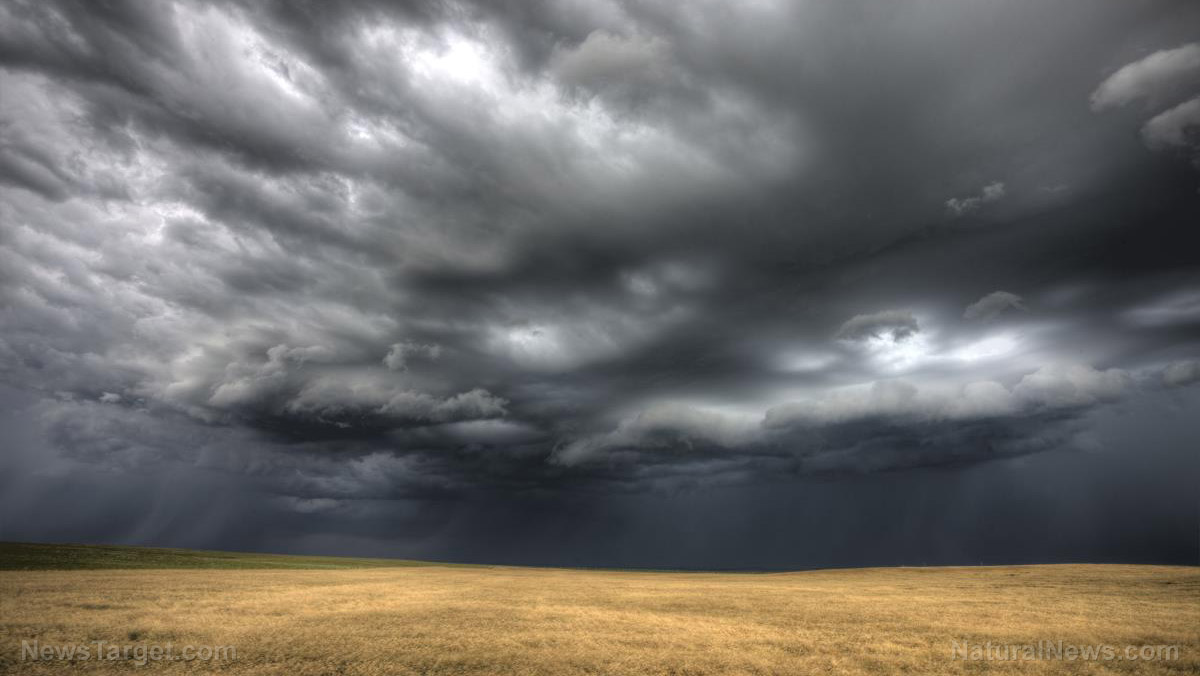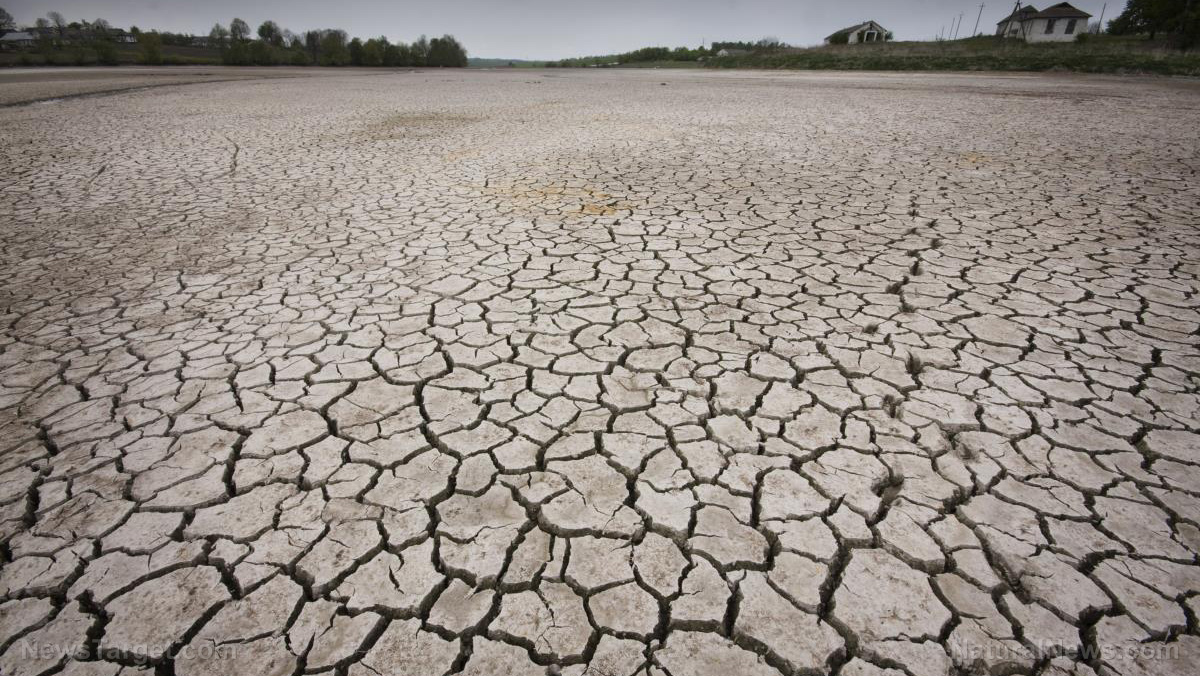“Strongest in decades”: Tremors rock New England – and are felt as far as Connecticut, Rhode Island and New York
11/12/2020 / By Ramon Tomey

A magnitude 3.6 earthquake hit southern New England the morning of Nov. 8. Its epicenter was situated 9.3 miles below Buzzards Bay off the coast of New Bedford, Massachusetts, the U.S. Geological Service (USGS) reported. Despite the quake rattling some houses, it did not cause any significant damage.
The earthquake was reported to be one of the strongest that the area experienced in decades, superseding a previous magnitude 3.5 quake recorded in 1976. People from Connecticut, Rhode Island, New Hampshire and New York also reported feeling the tremor.
New Bedford Mayor Jon Mitchell said the earthquake caused damage to at least two homes. He added that the city’s fire department is inspecting basements while the Red Cross is helping affected residents. In a video posted a day after the quake, Mitchell advised residents to check their chimneys and gas lines if these had sustained damage.
Law enforcement officials in Fall River, about 15 miles east of New Bedford, received numerous calls from residents jolted by the quake. In a post on its Facebook page, the Fall River Police Department said the calls reported “minor damage inside people’s homes … [such as] items falling off shelves.” Two street signs were also uprooted during the tremors. Despite the damage to property, police confirmed that no injuries were reported in the city.
Dartmouth resident Ali Kenner Brodsky described the quake: “It was a rumbling. It sounded like something exploded. It rumbled. The whole house shook.” Brodsky, who lived not far from the epicenter, was sitting in her kitchen talking with her son when the tremors began. The shaking lasted for about 10 to 15 seconds, but she said it felt like “it’s going on forever.”
Brodsky’s husband Sam ran to the basement because he thought the boiler blew up.
Meanwhile, Plymouth resident Sarah Trainor was lying in bed when the shaking started. She was immediately concerned about her furnace. “It was probably about less than 10 seconds, pretty short. [But] I think it felt longer because mentally, you’re like ‘what is happening right now?’” Trainor said.
Earthquakes have been a part of New England’s history
USGS geophysicist Paul Caruso said earthquakes in New England are typically felt over long distances, as the rock in the area is old and continuous – which transmits the energy of any tremors a long way. However, Caruso said that magnitude 3.6 earthquakes rarely cause major damage.
Based on USGS records, the last time New England experienced an earthquake above magnitude 4.0 was in October 2012, when a magnitude 4.6 quake struck near the city of Saco, Maine. (Related: Earthquake scientists have been totally WRONG: Quake risk “dramatically underestimated” warns new report.)
The Nov. 8 quake also came days ahead of the 265th anniversary of the Cape Ann earthquake, the most destructive tremore ever to hit the area. It struck on Nov. 18, 1755, about 30 miles off the northern coast of Boston. USGS studies estimate the Cape Ann quake’s magnitude fell between 6.0 and 6.3, which damaged more than 1,000 homes and sent shockwaves all the way to Montreal in Canada.
However, experts have warned that an earthquake more powerful than the Nov. 8 one could possibly devastate the northeast U.S., with New York City potentially suffering many casualties. Geologist Charles Merguerian has been studying “offsets” or places where rock types do not line up for the last 40 years. Merguerian said these offsets show signs of movement over time – and he found thousands of these underneath the Big Apple.
“An earthquake could happen any day, or it couldn’t happen for 100 years, and you just don’t know [as] there’s no way to predict,” Merguerian said. The geologist warned: “We just have no consciousness toward earthquakes in the eastern United States. And that’s a big mistake.”
Find out more news about potentially destructive earthquakes at Disaster.news.
Sources include:
Submit a correction >>
Tagged Under:
earthquake, earthquake damage, environment, fault lines, geological fault lines, Massachusetts, natural disaster, natural disasters, New Bedford, New England, tectonic earthquake, tectonic plates, US Geological Service, USGS
This article may contain statements that reflect the opinion of the author
RECENT NEWS & ARTICLES
COPYRIGHT © 2017 ENVIRON NEWS





















